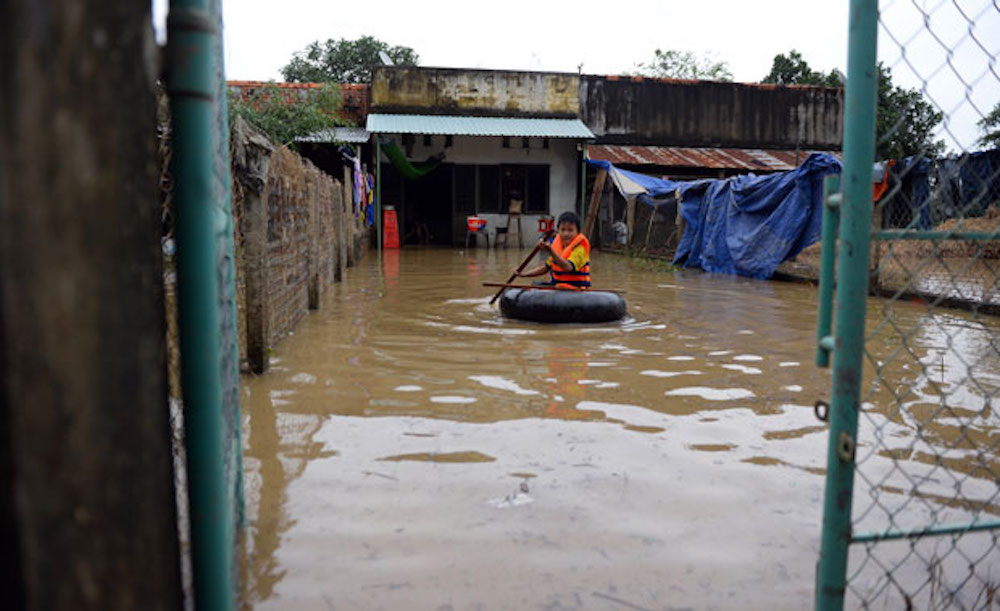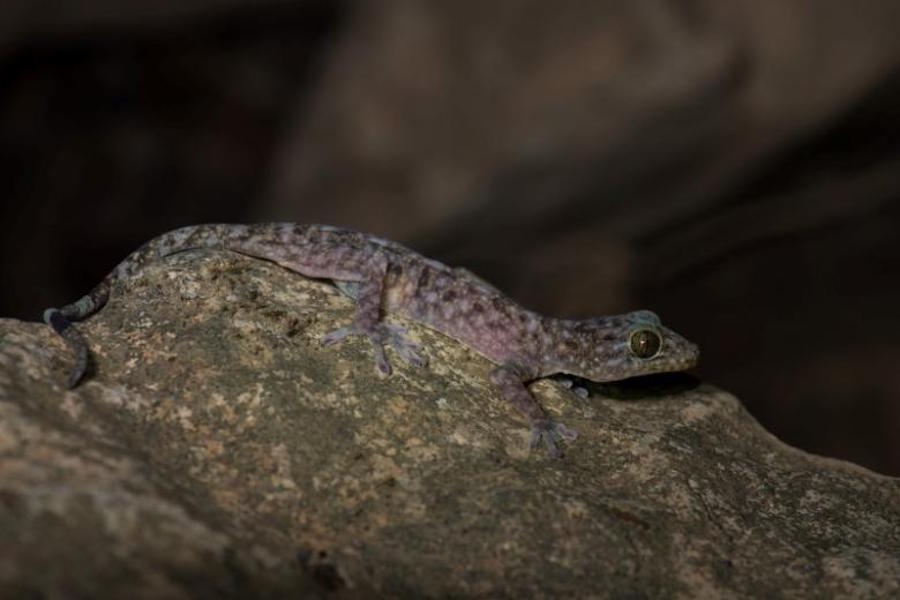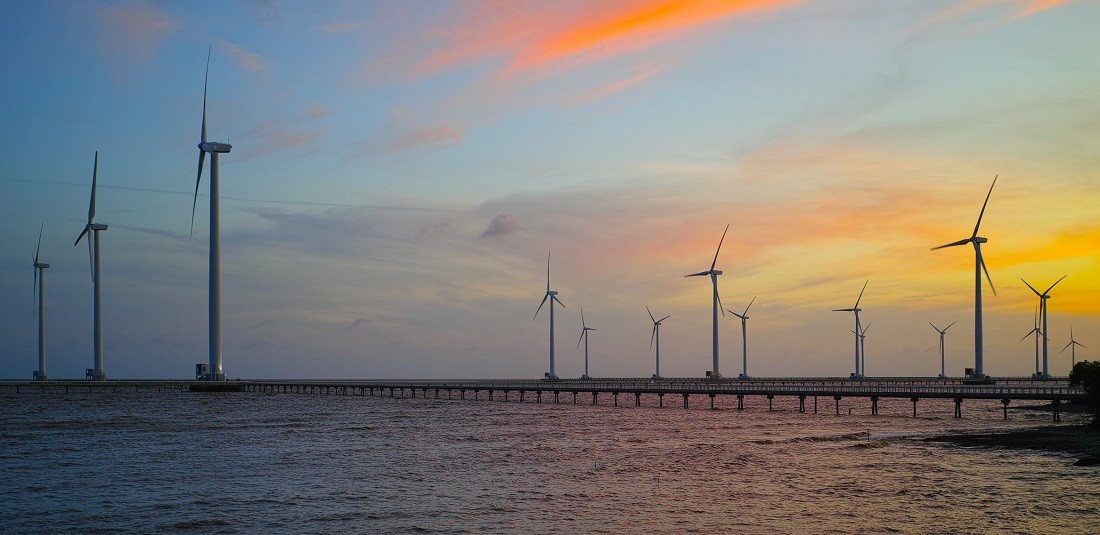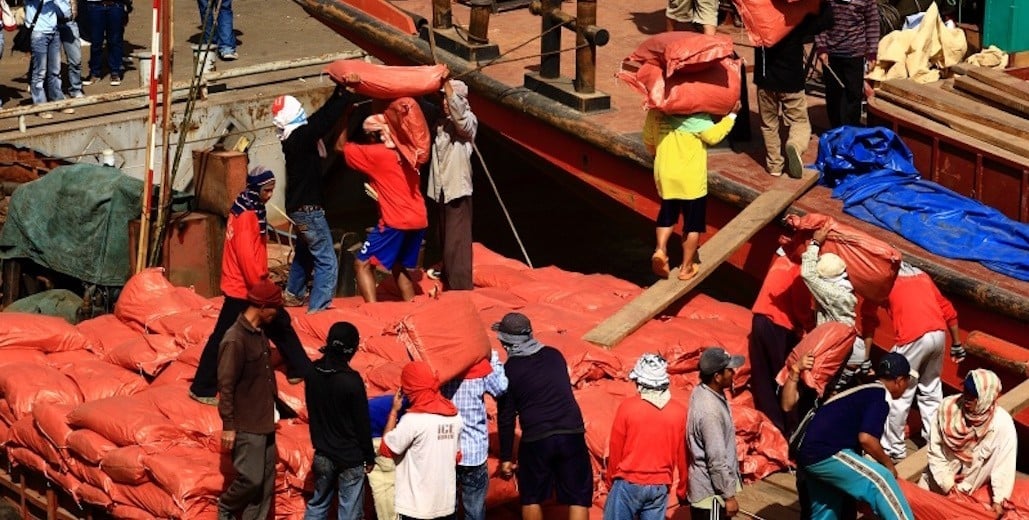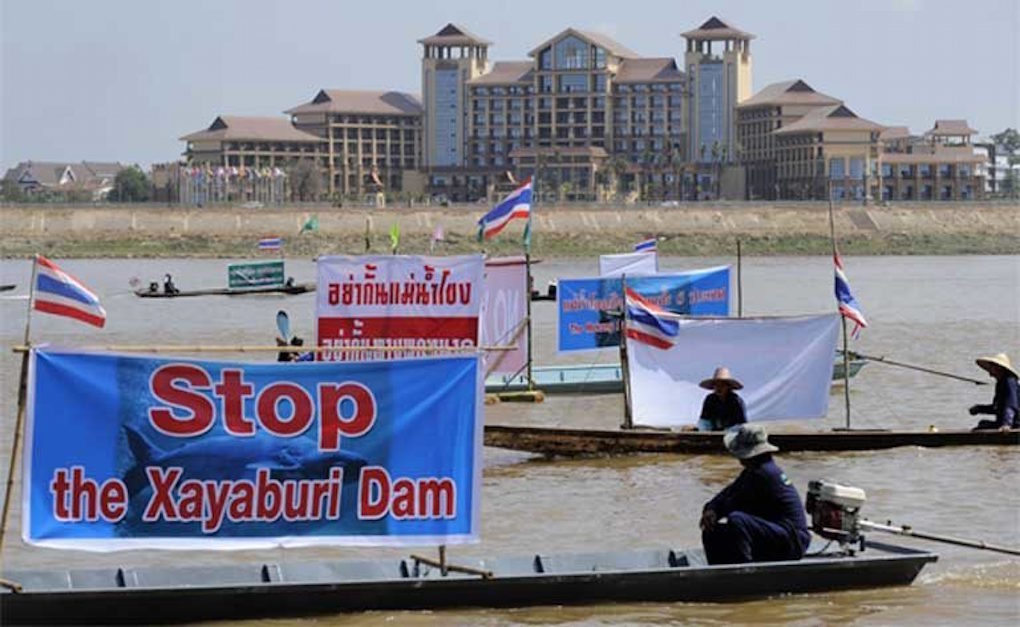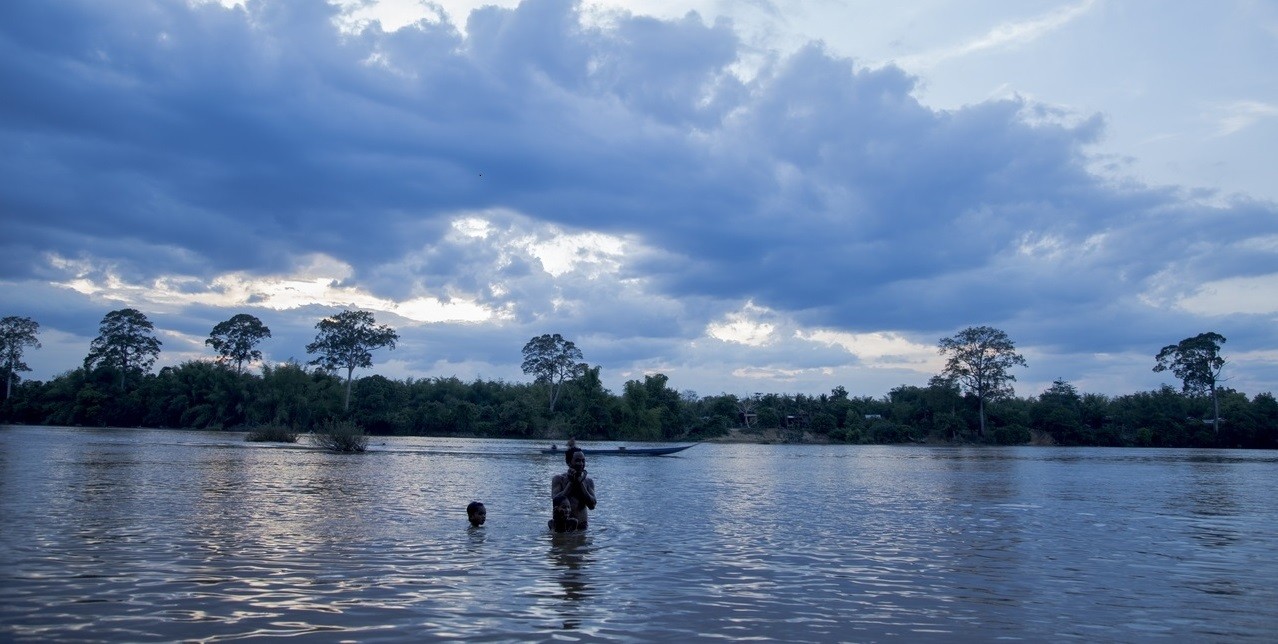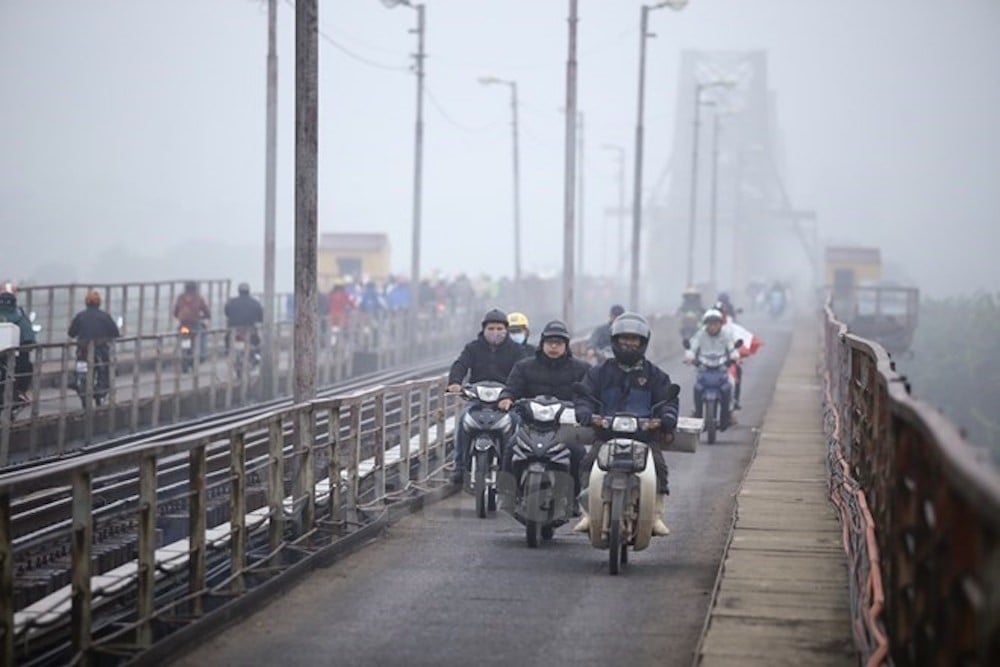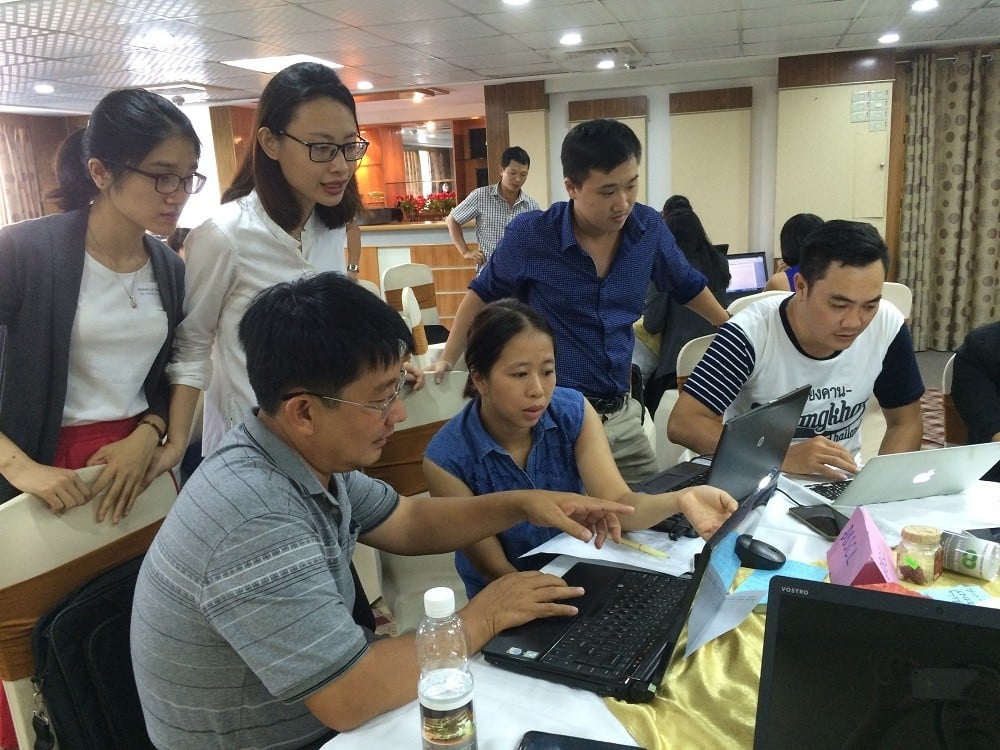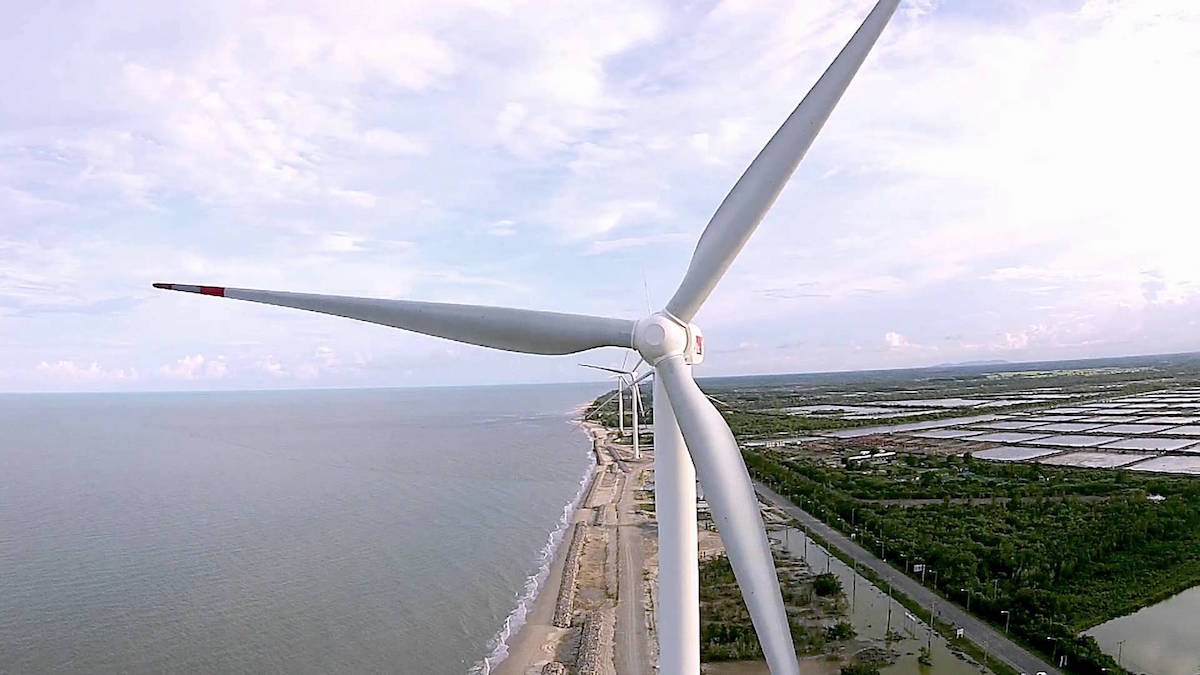The poor design and management of Vietnam’s power-generating dams are likely one of the main factors that led to recent deadly floods that inundated the country’s central provinces, experts tell RFA.
Flooding over the past two months has devastated Vietnam’s central provinces, killed dozens of people and caused millions of dollars in economic damage as unusually heavy rain has pelted the country.


